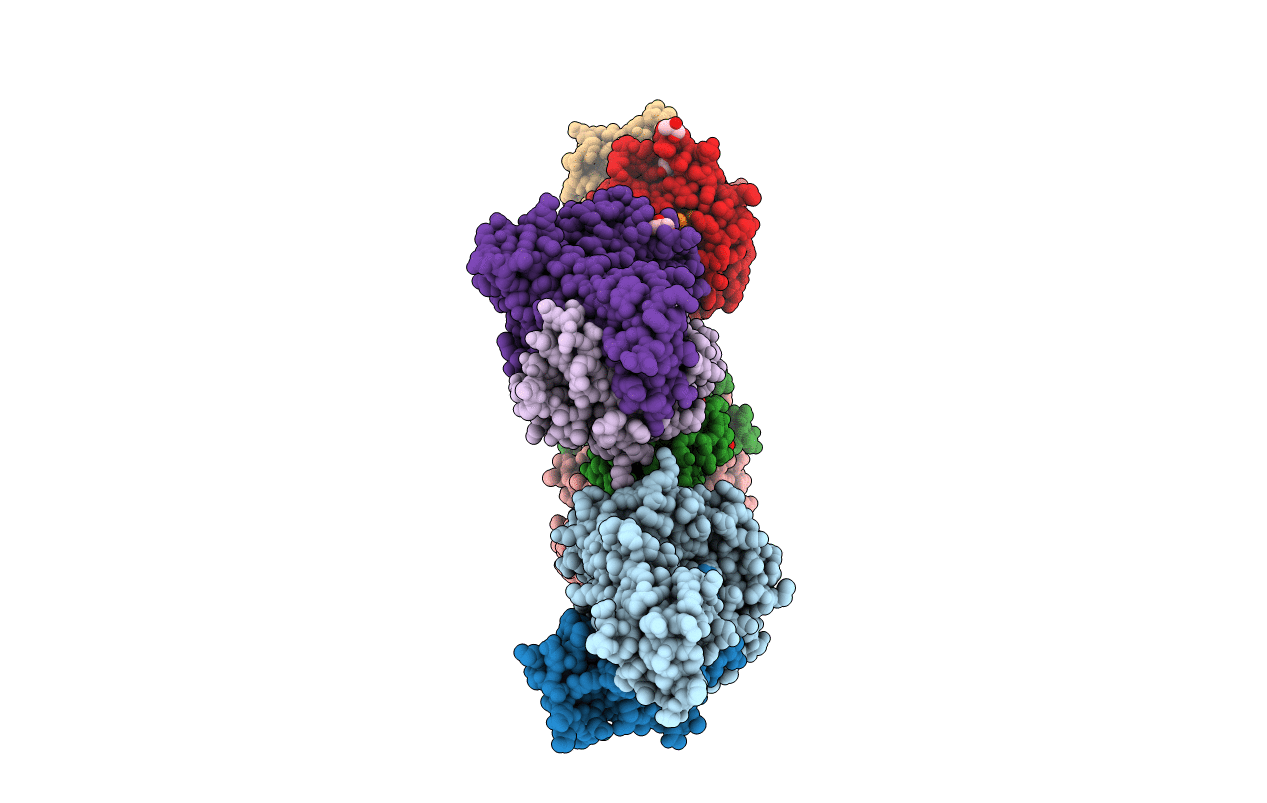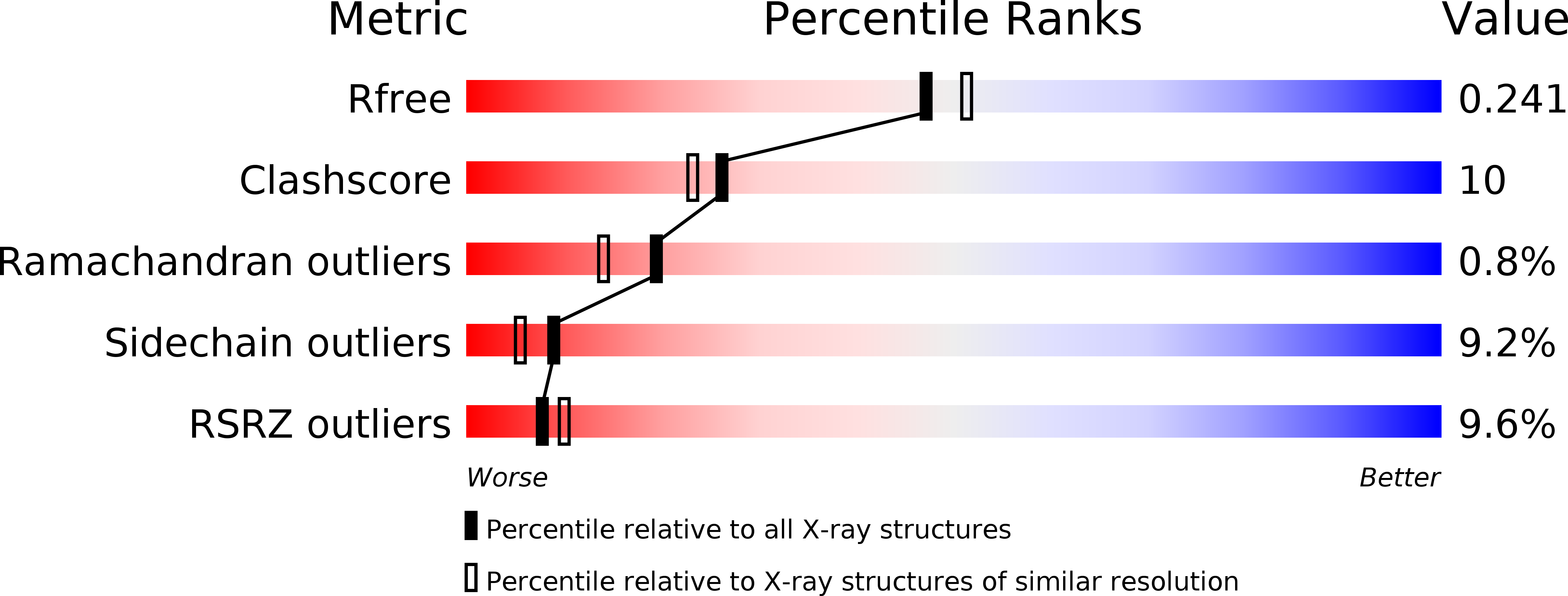
Deposition Date
2015-06-12
Release Date
2016-05-04
Last Version Date
2024-10-23
Method Details:
Experimental Method:
Resolution:
2.11 Å
R-Value Free:
0.23
R-Value Work:
0.19
R-Value Observed:
0.19
Space Group:
P 1


